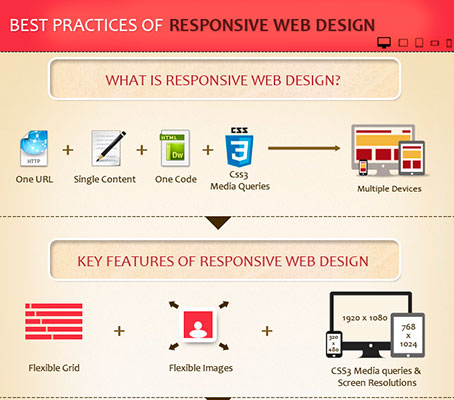The Growth Of Web Site Layout: From Earlier Times To Currently
The Growth Of Web Site Layout: From Earlier Times To Currently
Blog Article
Post Writer-Pappas Trolle
In the past, web sites were basic and focused on details. Navigating was straight, and design was for desktops. Now, user experience is crucial. Data guides styles for easy navigation. Responsive formats match various tools. Today, dark mode lowers pressure, and minimal food selections enhance navigating. Interactive features involve individuals, and strong visuals attract attention. AI integration improves involvement. See how layout has actually developed to boost your on-line journey.
Very Early Days of Web Design
In the very early days of website design, simplicity reigned supreme. Internet sites were standard, with limited shades, typefaces, and layouts. The focus was on offering details rather than showy visuals. Customers accessed the net with sluggish dial-up links, so speed and performance were crucial.
Navigation menus were straightforward, commonly situated at the top or side of the web page. Sites were developed for computer, as mobile surfing had not been yet common. Material was king, and designers focused on easy readability over intricate layout components.
HTML was the key coding language utilized, and designers had to function within its restrictions. Computer animations and interactive features were marginal contrasted to today's criteria. Websites were static, with little dynamic material or individualized user experiences.
Surge of User-Focused Layout
With the development of site design, a change towards user-focused layout principles has actually become progressively noticeable. https://www.forbes.com/sites/kathycaprino/2022/03/02/digital-marketing-steps-that-small-businesses-need-to-take-to-thrive/ , developing web sites that focus on individual experience is important for engaging site visitors and attaining business objectives. User-focused style entails understanding the requirements, preferences, and actions of your target audience to tailor the site's layout, web content, and includes accordingly.
Designers currently conduct complete study, such as customer studies and use screening, to collect understandings and feedback directly from users. This data-driven approach aids in creating instinctive navigation, clear calls-to-action, and aesthetically enticing user interfaces that reverberate with visitors. By placing the user at the center of the layout procedure, internet sites can deliver an extra individualized and satisfying experience.
Receptive style has also become a crucial element of user-focused style, making sure that websites are optimized for numerous tools and display sizes. This flexibility boosts accessibility and functionality, catering to the diverse ways individuals communicate with websites today. Fundamentally, the rise of user-focused layout represents a shift in the direction of developing digital experiences that focus on the demands and assumptions of completion individual.
Modern Trends in Website Design
Discover the latest patterns shaping website design today. One famous fad is dark setting design, providing a streamlined and contemporary appearance while minimizing eye stress in low-light settings. An additional crucial trend is minimalist navigating, streamlining menus and enhancing individual experience by concentrating on essential elements. Including micro-interactions, such as computer animated switches or scrolling impacts, can develop a much more engaging and interactive website. Responsive style remains important, making certain seamless user experiences throughout numerous gadgets. Additionally, utilizing strong typography and unbalanced layouts can include visual passion and draw attention to certain web content.
Integrating AI innovation, like chatbots for client support or customized recommendations, boosts customer involvement and simplifies processes. Access has also end up being a considerable fad, with developers focusing on comprehensive style practices to deal with diverse individual needs. Embracing sustainability by maximizing website efficiency for speed and performance is one more emerging trend in website design. Teaming up with user feedback and information analytics to iterate and boost design continuously is necessary for staying pertinent in the ever-evolving electronic landscape. By welcoming these modern patterns, you can produce a visually enticing, user-friendly web site that resonates with your target market.
Conclusion
As you reflect on the advancement of web site design from the very early days to currently, you can see just how user-focused style has become the driving force behind modern-day patterns.
Welcome the trip of adjustment and adaptation in web design, constantly keeping the user experience at the center.
Stay present with the most recent fads and modern technologies, and never ever quit advancing your approach to produce visually stunning and straightforward websites.
Evolve, adapt, and produce - the future of web design remains in your hands.
